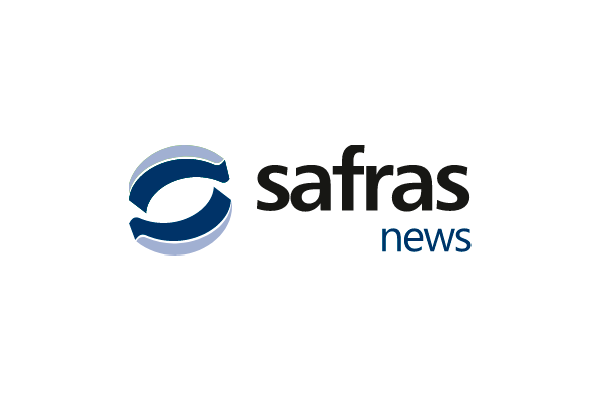Porto Alegre, July 30th, 2024 – While waiting for the US weather, the Brazilian domestic corn market showed strong prices last week. Port prices have jumped to BRL 65/66/bag for short shipments in August and September, while the interior has seen almost widespread highs by BRL 2 to 3 a bag. This increase needs to be supported by some consistent fundamental factor, otherwise it will become just an isolated “bubble” returning to low levels later on. The exchange rate is an important point at this time, given the irresponsibility with the national public accounts and the lack of decision-making on the solution to the problem. The corn second crop has a historically advanced harvest, producers are allocating part of their production, and the highs in the dollar and export prices along with the aggressiveness of traders are leading to the idea that prices could rise further, and retention ends up holding back domestic supply. However, the line-up is normal for July and still quite modest for August. The volume of shipping appointments will certainly grow, but we are far from the 2023 record. At this time, traders, even with discreet shipments, are trying to buy on CIF mode at ports to avoid facing the logistics that still have a high demand for soybeans and sugar bound for ports. It seems more like a logistical and compositional difficulty in the interior, rather than an over-demand for Brazilian corn. Finally, a wave of very high temperatures in the US Midwest is the climatic variable for this second half of the local crop definition. These are all indicators that affect prices and trading decisions.
Economic indicators registered another week with weight in the information on the eve of the US Federal Reserve meeting. The 2.8% growth in GDP in the second quarter of 2024 in the United States is not having a major impact on market expectations toward interest rate cuts, which are increasingly being seen as certain. Besides GDP, the core inflation index, Personal Consumption Expenditure (PCE), the Fed’s preferred inflation measure, rose 2.6% YoY against the expected 2.5%. In terms of GDP details, consumption increased by 2.3%, against 1.5% in the first quarter, but is still well below the 3% average for the second half of 2023. Investment in equipment jumped 11.6% after a very weak period, with government spending increasing 3.1%.
The economic data are still strong and do not justify an interest rate cut by the Fed at its September meeting, given that there is no possibility of an interest rate cut at its meeting at the end of July, on the 31st. There is, of course, a local pre-election situation that is becoming more intense, and the version of an interest rate cut in September would offer a “positive” condition for elections. The more tense political environment is clearly noticeable after the attack on the Republican candidate and the resignation of the official Democratic candidate.
A tight election with multiple possible variables for 2025. From the continuation of the war in the Black Sea and its expansion to another environment to a more accelerated trade war between the United States and Europe against China. The act of raising interest rates by Japan last week, in contrast to the interest rate cut in China, highlights the moment of advancing some economic uncertainties for 2025.
The effect of last week’s information was the stabilization of the dollar index above 104 points, but it could have easily closed the week calmly on the rise, especially because the unemployment insurance claims data decreased. With the dollar stable, a calmer effect was also expected for the real during the week. However, in Brazil the situation remains problematic and without any correction bias on the part of the government. The data released by the National Treasury for the month of June revealed a record deficit of BRL 38.8 bln, accumulating a historic deficit of BRL 270.7 bln in twelve months, except for the year of the pandemic. Unfortunately, there is no immediate action for this situation on the government’s part, limiting itself to trying to arrange more taxes on the productive sector and individuals to try to solve, in the future, perhaps, the public deficit and public accounts.
The real is merely showing the deterioration of the Brazilian economy’s indicators. Fuel prices have been adjusted twice this month, despite falling oil prices abroad. Inflation, with the increase in public debt, is only a matter of time. If inflation manages to stabilize, it will reflect a problematic economic adjustment, with a possible Brazilian recession. Excessive taxation and loss of credibility in economic policy are dragging the economy toward stagnation. Tax Reform could be an additional indicator in this stagnation process due to the excessive tax burden imposed on the economy. Capital outflows and exchange rate corrections are just a consequence of the economic policy implemented.
In the environment of the next Copom meeting, there is no room for interest rate cuts and, in the current fiscal deficit, the Central Bank should raise interest rates to preserve the rollover of the growing public debt and the exchange rate. With stable interest rates and no prospect of a fiscal solution, the exchange rate will continue to price in the increase in Brazil’s risk, with the next resistance to be tested at BRL 5.76/dollar.
Copyright 2024 – Grupo CMA

